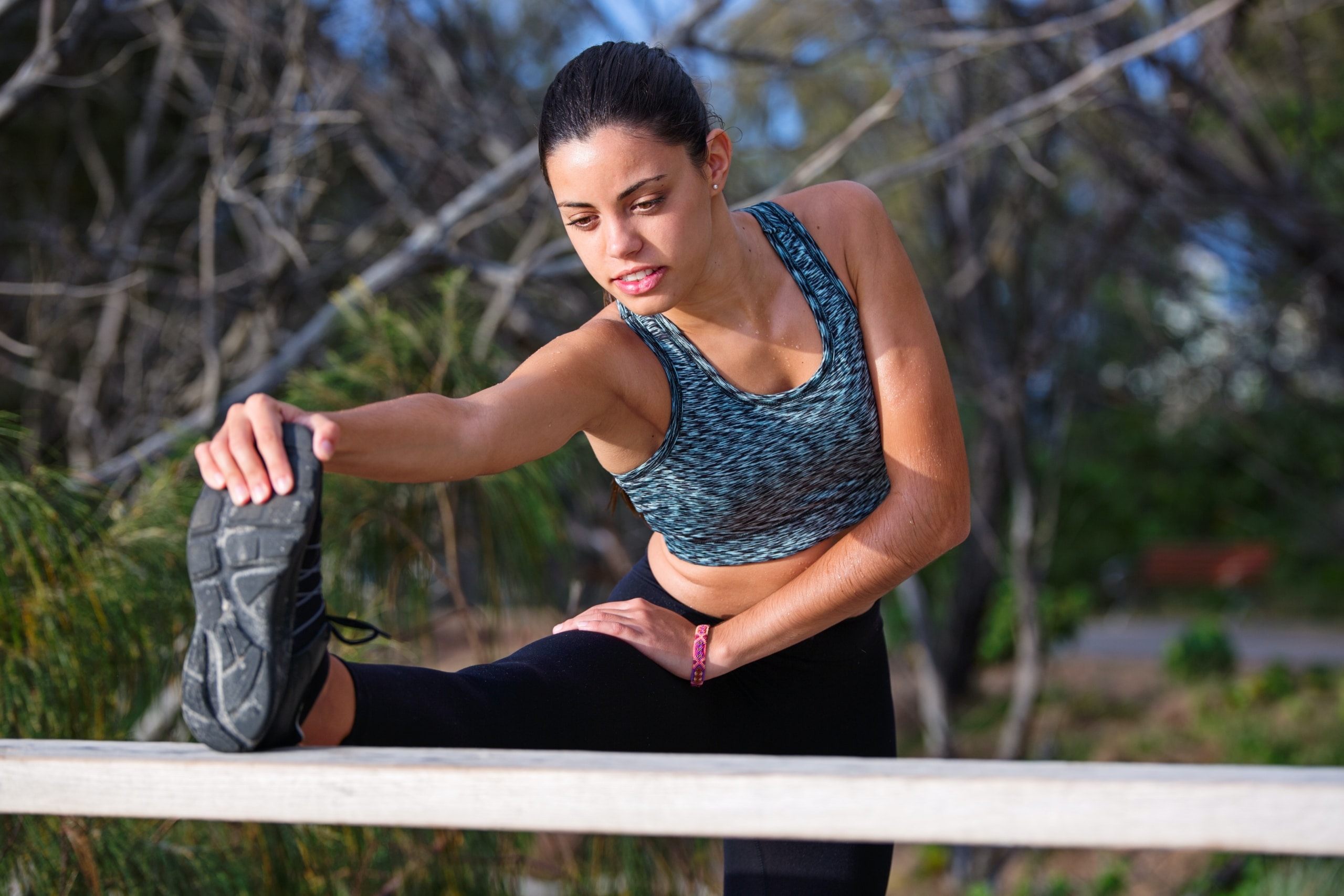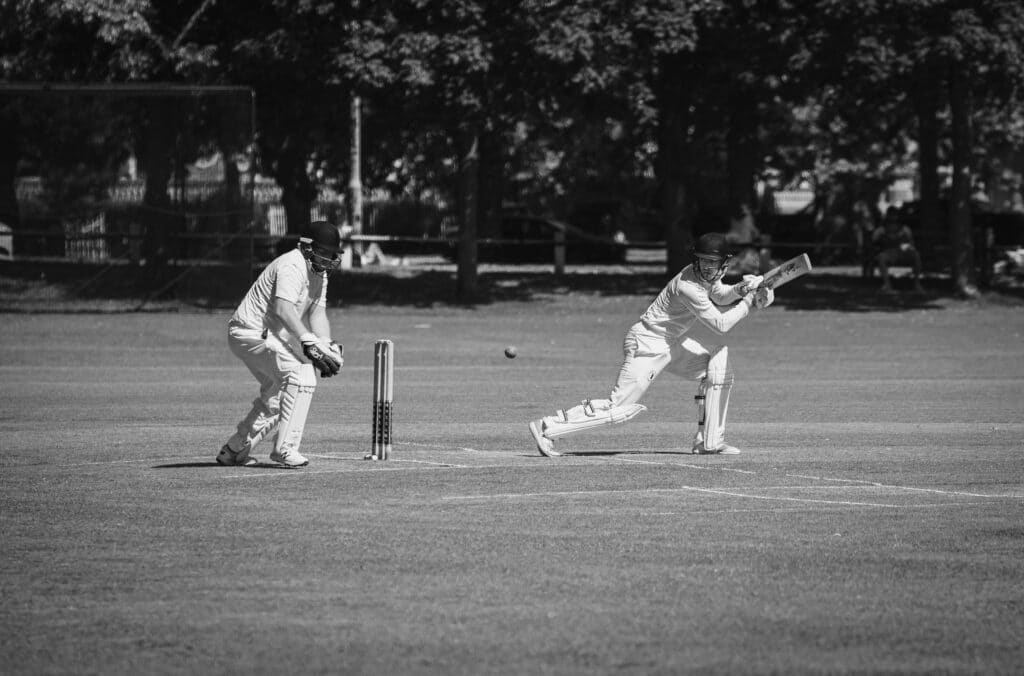Why do we stretch?
What we’ll cover
Why do we stretch?
“Stretching” is a staple of any warm up/cool down program for anyone that engages in physical activity or for muscles that feel “tight”. It is almost customary for people to “stretch” but have you ever wondered what you are stretching? What does stretching actually do? As physiotherapists, we frequently advise our patients to stretch at some point in their rehabilitation. Our physiotherapist Vernon Mittal explores the concept of “stretching” and what is actually happening.
What causes muscles to be tight?
We often stretch because we feel that our muscles are “tight”. It is important to note that this “tightness” is often a feeling or sensation, rather than something physical or structure change. For example you may feel tight in the hamstrings but can still be flexible enough to touch the floor.
Anatomically, muscles are made to contract and relax. When muscles shorten or contract, this allows your limb to move. As a result, tightness and increased muscle tension over a period of time is often your body warning you about the frequency of tension. When you sit a desk for too long, your postural muscles (neck, shoulders, upper back) often feel tight. This is often as a result of muscle fatigue and sustained contractions as you have not moved frequently.
Conversely, after exercise or a workout, your muscles fatigue from the shear load you have put onto them, so you feel “tight”.
Another example can be following an injury. When we experience pain, our body subconsciously protects us and contracts muscles. When you roll your ankle, typically your calf feels “tight”. As a protective mechanism, it subconsciously contracts the calf muscles and the sustained tension elicits a tight feeling.
Our muscles need rest from different metabolic stresses, so rightly or wrongly, when we are tight, our body is telling us that there is a threatening condition in the muscles that requires movement correction, which typically means we stretch.
What does stretching do?
Stretching aims to reduce the tension in muscles by promoting increases in blood flow and reduce the feeling of tightness. This physiological response allows muscles to relax and move more efficiently.
Of course, there are different reasons why stretching can be prescribed and it does heavily depend on the issue at hand. For example, knee mobility can be restricted by reduced flexibly and muscle tightness. Stretching is often encouraged to improve movement and range of motion. Conversely, if you experience shoulder pain, your brain typically contracts surrounding muscles. When we encourage stretching around the shoulder the aim is not to improve the physical muscle length but rather to reduce the painful stimulus going to the brain, telling it that “it is okay to move without creating more damage”.
In the case of those with ongoing tightness/stiffness, the driver of this is often less movement related and could be caused by changes to the central nervous system; i.e. certain areas are more sensitive. Thus stretching would not be indicated, even though you feel tight.
Is dynamic or static stretching better?
There are different ways one can stretch. Static stretching involves holding a muscle stretch at the end range of its motion for a period of time whilst dynamic stretching involves moving your body through its entire range of motion.
I get asked frequently which type of stretching is best. This is not a clear cut answer as it again depends on the purpose for stretching. If we take exercise for example, recent research shows that dynamic stretching BEFORE exercise significantly improves muscle performance because you are essentially moving muscles for what they are about to do. It also incorporates multiple muscle groups promoting blood flow to more areas. Post exercise however, static stretching is best to reduce the fatigue level and tensions in muscles. It helps to relax the body overall.
If we take desk workers, then neck pain is common. If stiff, targeted static stretching of your neck muscles can help to improve neck range of motion but will not be as effective if someone has pain despite full motion. In this case, overall movement of the body would be more beneficial; i.e. dynamic stretching, as you are moving multiple joints and promoting greater blood flow, reducing muscle fatigue.
In our video below, Vernon demonstrates a range of static and dynamic stretches.
How long should I stretch for?
There is no clear answer. The key message is to stretch to comfort. If it feels good holding for 10 seconds, then hold for 10 seconds. Likewise, there is no clear guidelines on the. In total, a great warm up before exercise or sport should consist of at least 5 – 10 minutes of dynamic stretching. These dynamic stretches should mimic similar movements that are about to be performed during training or performance. Static stretching should range between 5-30 second holds with repetitions of 5 – 10.
Exercise and stretching programs
There are many elements to stretching. Your physiotherapist is well placed to assist with guiding and tailoring a safe stretching and flexibility program.
If you are experiencing tightness or pain and, not sure whether to stretch, call our team at Malvern East Physiotherapy or book online.














